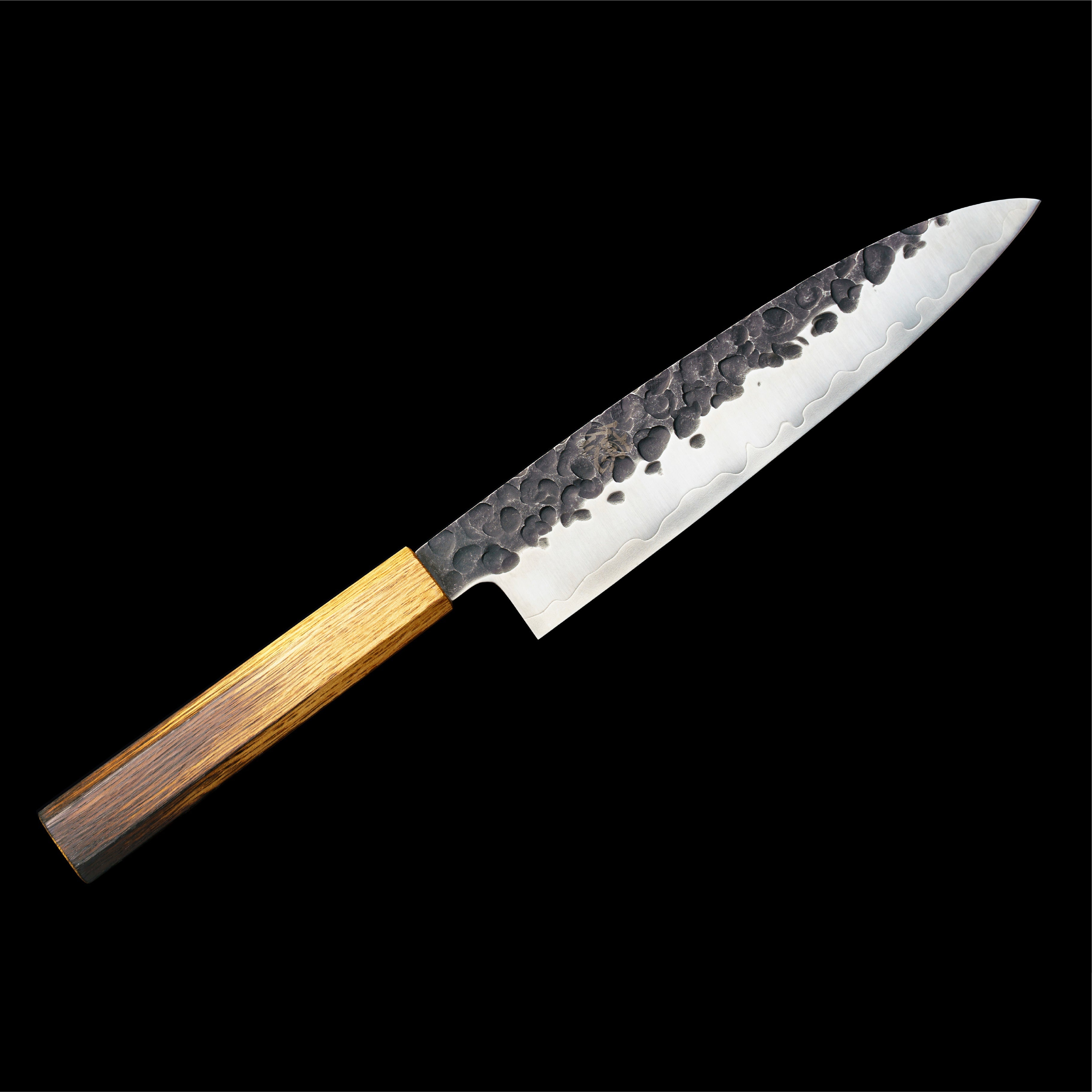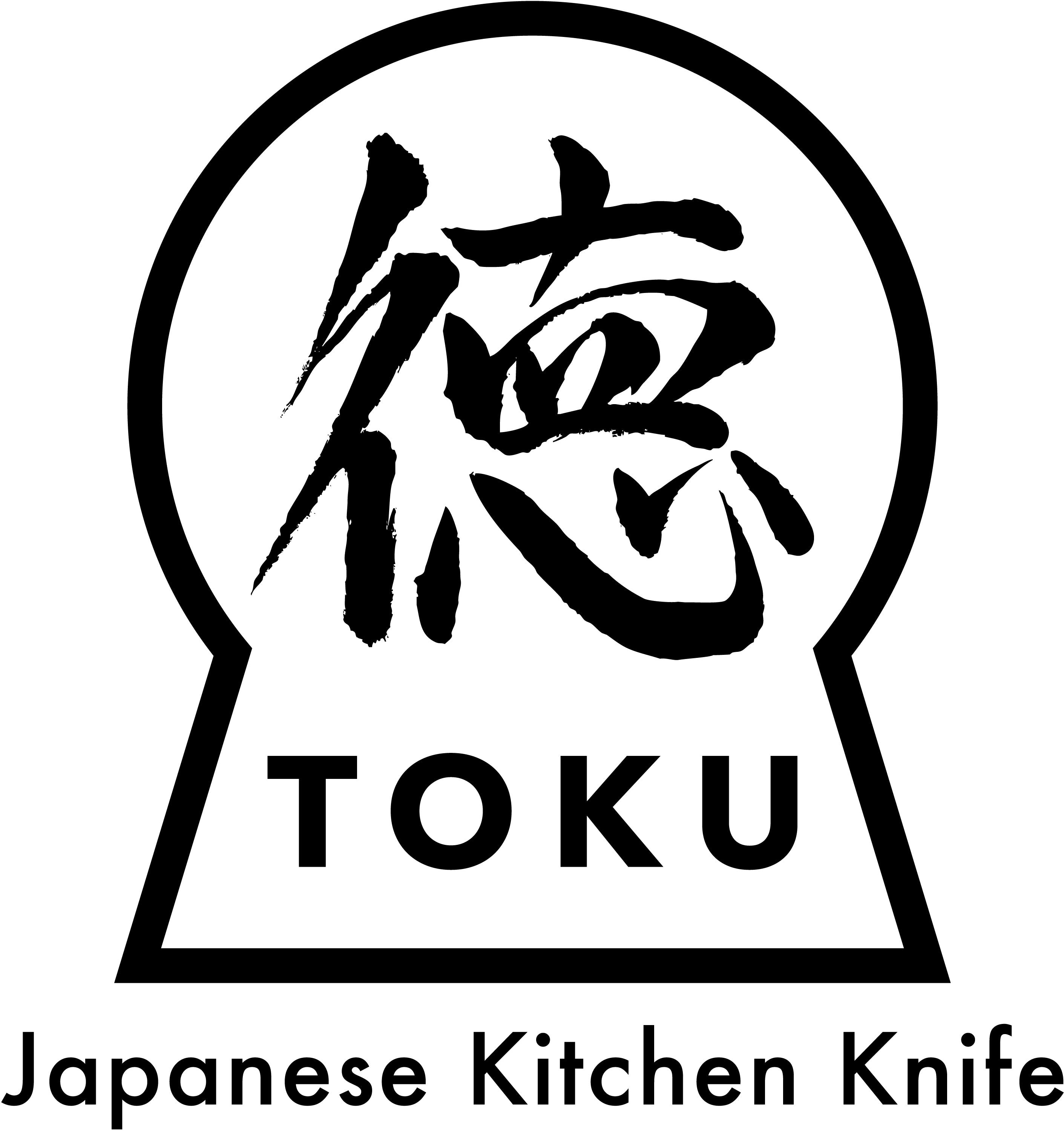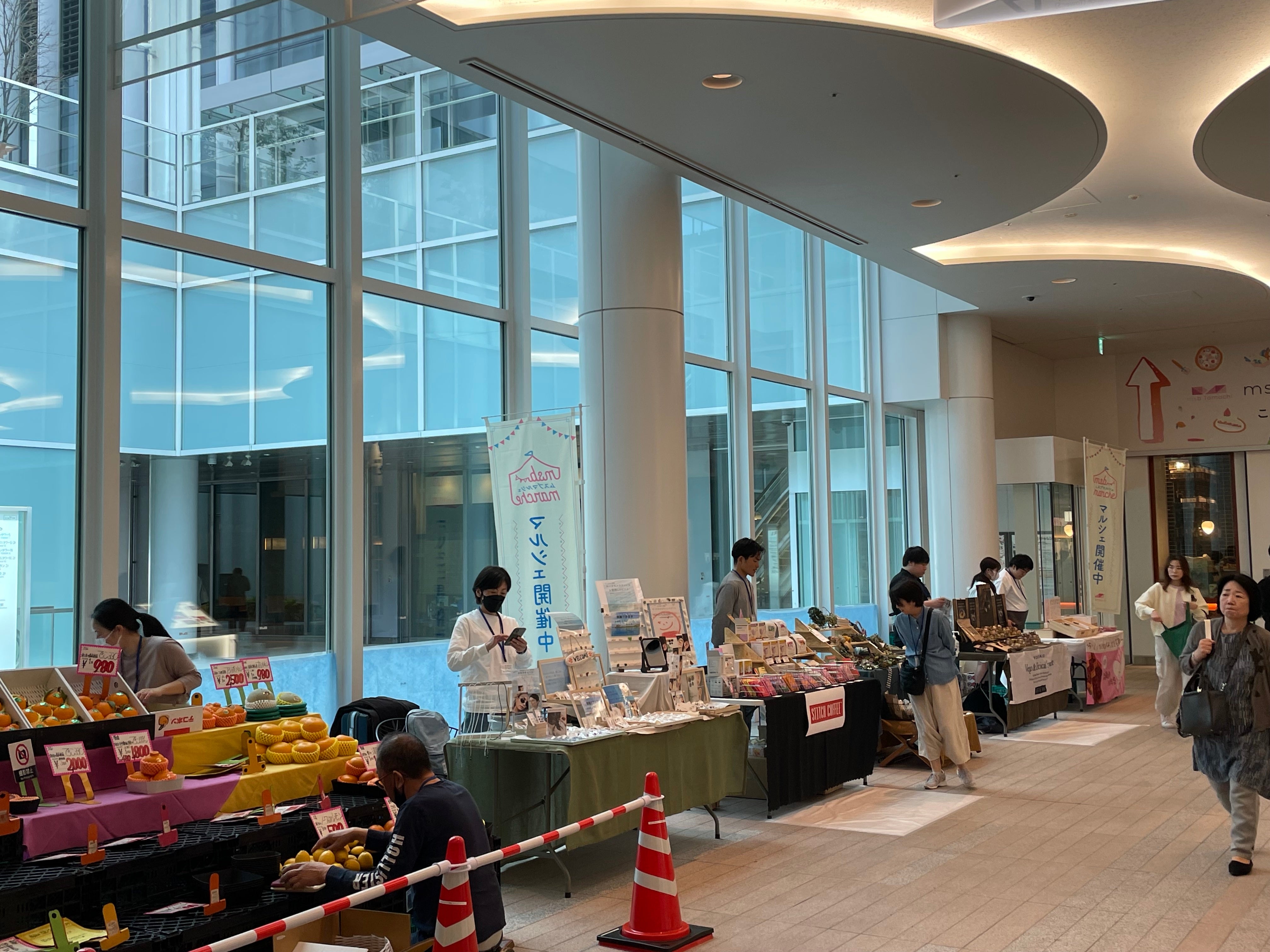
[2024] Chef's knife and Santoku knife
I am Okudaira, the owner of "Japanese Kitchen Knife TOKU''.
We want to sell knives made in our hometown of Sakai, Osaka, so we purchase and sell knives made in Sakai from a knife manufacturer in Sakai.
We don't just sell knives, we visit a number of blacksmiths and bladesmiths in Sakai to help our customers understand knives, experience the actual work, and hear from the craftsmen. I'm here. In addition to Sakai, we also visit Seki in Gifu, Tsubame-Sanjo in Niigata, Tanegashima in Kagoshima and Katsushika in Tokyo, in an effort to deepen our understanding of the characteristics and commitment of each.
Chef's knife and Santoku knife
There are two types of knives: Gyuto knives and Santoku knives.
Both are known as all-purpose knives.
Now, let's take a look at what characteristics each one has.
Chef's knife Product lineup here
This knife is originally designed for cutting large chunks of meat into small pieces.
In Europe it is called a chef's knife.
Although it is called a gyuto, most ingredients other than meat, such as fish and vegetables, are cooked with this knife. The sujihiki knife is thinner than the gyuto knife. There is also a small paring knife, but there is no big difference in how to use it, just use it according to the size of the ingredients.
You can think of this as an all-purpose knife in the category of Western knives.
Santoku knife Product lineup here
The name "Santoku" comes from the fact that one knife can be used to prepare three types of food - meat, fish, and vegetables.
Although it is classified as a Western knife, the Santoku knife originated in Japan, so it is also written as " Santoku " in English.
As meat has become more common on the Japanese dinner table, this knife has become popular in ordinary households.
Long ago, a type of knife that was commonly used in Japanese households was the usuba knife, known as the Japanese vegetable knife.
There are two types: the Kanto type with a square blade and the Kansai type with a rounded, sickle-shaped tip.
A usuba knife has a single edge, whereas a nakiri knife has a similar shape but is double-edged.
The Santoku knife was created as a knife that combined the characteristics of the usuba knife, deba knife, and gyuto knife that was imported from overseas.
Gyuto knife and Santoku knife can be used as all-purpose knives.
Have you ever wondered which one to buy?
Before deciding which one to buy, let's take a look at the differences between Gyuto and Santoku knives.
| Chef's knife | Santoku knife | |
| ingredients | Meat, fish and vegetables | Meat, fish and vegetables |
| sword length | 180mm, 210mm, 240mm | 165mm, 180mm |
| blade | Double-edged | Double-edged |
| Steel | stainless | stainless |
| Pattern | Rivets/Japanese style handle | Rivets/Japanese style handle |
| Product lineup | Check here | Check here |
When comparing a Gyuto knife and a Santoku knife, they are almost the same.
If I had to point out one difference, it would be the length of the blade.
Gyuto knives tend to have longer blades, with around 210mm being preferred for home use, while professional knives tend to be around 270mm .
This depends on the cutting method. A chef's knife with a long blade makes it easier to perform a cutting method called oshikiri. Oshikiri is a cutting method in which you keep the tip of the knife on the cutting board, and this method reduces the amount of damage to your cuts. If you don't have a certain amount of length, it will be difficult to perform oshikiri, so you'll want to choose a chef's knife over a santoku knife.
On the other hand, since Santoku knives are not very long, they are more suitable for beginner cooks and women.
With a Santoku knife, you cut by moving the entire blade back and forth without touching the cutting tip to the cutting board.
By the way, the basic cutting techniques for knives are push cutting and pull cutting, and ingredients are cut best when the knife is moved back and forth.
Personally, I think it's best to start off by buying a cheap stainless steel Santoku knife, and then when you step up, decide whether to buy a good Santoku knife or a good Gyuto knife.
If you are already a cook to some extent, why not consider purchasing a chef's knife?
Both Gyuto and Santoku knives are mostly made from stainless steel, but there are also steel ones, so if you are concerned about sharpness, it might be a good idea to purchase a steel Gyuto or Santoku knife.
Gyuto knives originated in Europe, but recently there have been a number of Japanese-style gyuto knives sold, including those with insert-type handles rather than riveted handles, as well as black-finished knives, so it might be a good idea to try out one that you like.
Let's go to a knife store!
If you don't understand it until you see it, go to a knife store and try holding a knife. However, most stores do not allow you to try cutting the knife, so you cannot check the sharpness before purchasing."Japanese Kitchen Knife TOKU'' does not have a store, but we set up stalls at events, so please feel free to stop by if we have one in your area.If there is no knife specialty store nearby, it is a good idea to purchase from an online knife specialty store.
"Japanese Kitchen Knife TOKU'' has posted a video showing the actual cutting process, so please use it as reference.



Leave a comment
This site is protected by hCaptcha and the hCaptcha Privacy Policy and Terms of Service apply.